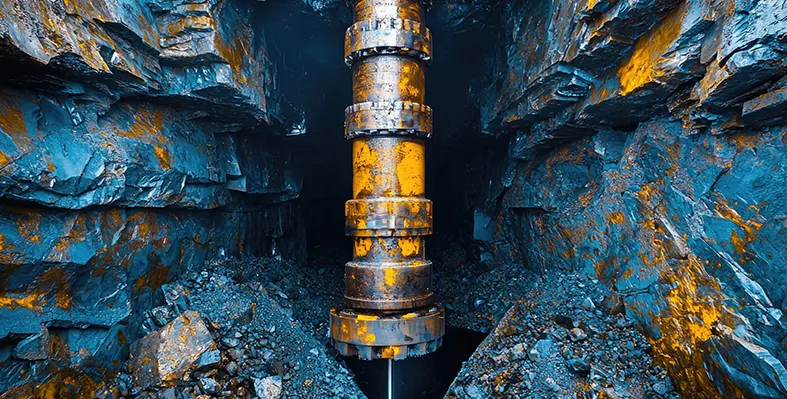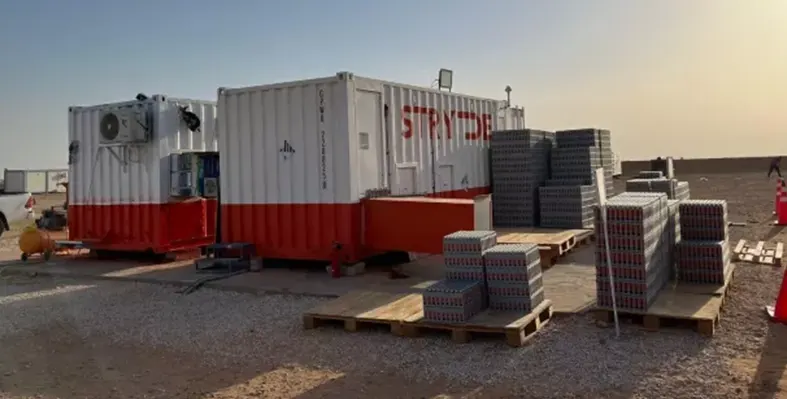
The software will be rapidly screening and interrogating data acquired beyond 20,000 sq kms. (Image source:
Following a fresh batch of large-scale 3D multi-client seismic surveys acquired in collaboration with Shearwater from the Orange Basin offshore Namibia, Searcher has entered into a strategic partnership with Eliis to leverage the PaleoScan software for screening and interpretation of the datasets
The software will be rapidly screening and interrogating data acquired beyond 20,000 sq kms of the prospective Orange Basin region. Its patented Relative Geological Time (RGT) model and AI-assisted functionality automates interpretation workflow to an extent, accelerating stratigraphic modelling for valuable geological insights with greater speed and precision, which is ideal for frontier exploration projects. Using these tools will go a long way in terms of de-risking new play fairways in the area.
“We are partnering with Eliis to provide the industry with detailed insights into the evolution of the prospective depositional systems, enabling prospect high-grading and shortening the exploration cycle,” said Karyna Rodriguez, VP Global New Ventures at Searcher.
“We are excited to work alongside Searcher on this important project,” said François Lafferriere, COO at Eliis. “The Orange Basin represents a frontier of hydrocarbon potential, and PaleoScan™’s unique approach to seismic interpretation will provide valuable support in screening and evaluating this high-quality dataset. This collaboration underscores our dedication to advancing geoscience technology and helping our partners accelerate their understanding of complex subsurface geology."
The promising geological features revealed in the initial screening include clearly defined large basin floor fan systems from the Cretaceous period, located above the Aptian source rock. Well-defined channels and evidence of reworking by contourite currents were also identified.






